Winning a U.S. presidential election hinges on a complex interplay of factors, among which campaign strategies, candidate credentials, media influence, public accessibility, socioeconomic contexts, and voter sentiment are key. Yet, the fundraising and resource allocation process is central to these dynamics—the driving force that propels these elements toward a more significant impact. Fundraising serves as both the lifeblood of the campaign machinery and a catalyst for enhancing the effectiveness of other campaign components. Consequently, extensive research has studied the correlation between financial backing in U.S. presidential campaigns and candidates' success. Although findings vary widely, a consensus has emerged around the essential role of funding in mounting a viable campaign. Divergences among studies, however, suggest that the sheer volume of funds raised does not consistently predict electoral success. This nuance became particularly evident in the 2016 and 2020 presidential campaigns, where the connection between campaign financing and the likelihood of victory appeared less direct, signalling a shift in campaign financing dynamics and evolving voter priorities.
On the other hand, the scale and nature of campaign funding reveal insights into voters’ preliminary preferences, political leanings, and a potential president's anticipated priorities and agenda. Campaign funding reflects the candidate's backing base and hints at the strategic tools and priorities the next administration might emphasise. This analysis thus examines the funding sources behind the Democratic and Republican presidential campaigns—the largest and most competitive contenders for the White House.
Primary Rules for U.S. Election Campaign Financing
The U.S. presidential election financing framework relies on private donations, public financing, and rigorous regulations designed to balance transparency and competitiveness. Understanding these regulations is crucial to grasping the underlying interests that shape campaign funding and, ultimately, its influence on the agenda of the winning candidate. The key rules governing campaign finance can be summarised as follows:
Private Donations and Contribution Limits
Individuals can donate up to $3,300 per candidate for each election cycle, with separate limits for primary and general elections, doubling the allowable individual contributions per full cycle. Despite these caps, fundraising has proven to be a formidable force; as seen in the 2008 and 2020 campaigns, candidates from both parties raised over $1 billion, primarily fuelled by a robust base of small, individual contributors. The Federal Election Commission (FEC) regulates these contributions to ensure transparency and enforce compliance, aiming to curtail any disproportionate influence on candidates’ platforms.
Political Action Committees (PACs) and Super PACs
Traditional PACs can contribute up to $5,000 per candidate per election, with additional limits applicable to party committees. However, the Citizens United v. FEC ruling in 2010 led to the rise of “Super PACs,” which are permitted to raise unlimited funds from corporations, unions, and individuals for independent expenditures, such as advertisements advocating for a candidate, though they cannot coordinate directly with campaign teams. In the 2012 election, Super PACs injected over $600 million into the electoral process, reshaping the funding landscape and enabling candidates like Mitt Romney to benefit from extensive independent advertising support without direct campaign involvement.
Public Funding
Designed to curb dependence on substantial private donations, public funding offers federal matching funds to candidates in primary elections. It provides a grant for the general election, contingent upon adherence to strict spending limits. For example, the grant for the 2024 general election stands at $123.5 million. However, this option has waned in appeal, leading candidates such as Barack Obama in 2008 and Donald Trump in 2016 to forgo public funding to sidestep spending restrictions, thereby enabling greater fundraising through private channels. Today, public funding is primarily utilised by minor or third-party candidates seeking visibility in the general election.
Self-Funding
Candidates can invest unlimited personal funds into their campaigns, a flexibility that has enabled affluent candidates, such as Michael Bloomberg in 2020, to self-fund their bids. Bloomberg spent over $1 billion of his own wealth on his campaign, illustrating how self-funding can significantly influence a campaign’s trajectory, even in the absence of traditional donor support.
Transparency and Enforcement
Campaigns are required to report contributions and expenditures regularly, providing oversight bodies and the public with insight into funding sources and spending patterns. While these regulations aim to curb corruption, enforcement remains challenging due to structural constraints within FEC, whose effectiveness is often hampered by periodic lapses and limited resources in upholding campaign finance laws.
Funding Trends in the 2024 Election Cycle
In the 2024 election cycle, Vice President Kamala Harris and Former President Donald Trump raised over a billion dollars, sourced partly from their campaign activities and partly from independent political action committees. The distribution of these funds is illustrated in the following figure:
The figure shows the following:
Kamala Harris’s Financial Advantage
- Kamala Harris’s campaign enjoys a substantial financial advantage, having secured nearly $1 billion through her campaign committee, supplemented by approximately $586 million in external funding. This robust funding reflects strong backing from individual donors and independent groups (such as Super PACs), indicating widespread support across institutional and grassroots levels.
- This financial edge has enabled higher spending on advertising, field operations, and voter mobilisation efforts in critical swing states. Historically, a financial lead has enhanced a candidate’s reach and ability to sway undecided voters, amplifying their influence.
Donald Trump’s Dependence on Outside Funds
- Donald Trump’s campaign has raised about $382 million directly through his campaign committee and an additional $694 million from external sources. This breakdown suggests Trump’s campaign is heavily dependent on independent political committees and groups rather than on direct fundraising.
- The reliance on external funding underscores the influence of outside institutions over his campaign’s narrative. This pattern is often seen when a candidate’s direct fundraising capacity is limited, but independent donors remain eager to fund supportive initiatives independently.
Impact of Outside Money on Political Messaging
The significant inflow of outside funds for both candidates, especially Trump, suggests that public messaging and campaign narratives may be shaped considerably by independent organisations rather than the campaigns themselves. This can lead to more confrontational or polarised advertising, as super PACs and other independent groups are not subject to the same regulatory constraints as campaign committees. Due to a lack of direct coordination with campaigns, these groups may sometimes adopt stances more extreme than those candidates would publicly support, a factor that has driven an uptick in negative advertising in past elections.
By examining the 2020 and 2024 presidential campaign funding data, several key trends emerge:
Increased Funding Levels for Both Candidates in 2024
- The 2024 cycle has seen a notable rise in funding for both candidates compared to 2020. Trump, for instance, raised around $381 million directly and $694 million in external funds, a marked increase from the $774 million he secured from comparable sources in 2020.
- Similarly, Harris’s direct funding in 2024 totals around $1.003 billion, approaching the $1.044 billion raised by Biden in 2020. This growth in available funds reflects heightened engagement from voters and donors, suggesting increased interest in supporting presidential campaigns.
When examining the funding sources in 2024, the following table outlines key data:
Analysing this data compared to the 2020 election reveals the intensifying influence of external funding on policy priorities and the deepening political polarisation in U.S. presidential elections. This trend can be summarised in the following key points:
Political Orientations of Funding Groups and Their Policy Impact
- Progressive Groups: Major donors supporting Kamala Harris in 2024 include Future Forward U.S., Planned Parenthood Votes, and Californians for Choice, all of whom have significantly increased their contributions compared to their backing for Biden in 2020. These groups advocate for progressive issues, including reproductive health rights, social justice, and environmental protection. Their substantial contributions shape Harris’s campaign messaging, making it more likely that her policy proposals will emphasise women’s rights, environmental sustainability, and social reforms.
- Conservative Groups: For the Trump 2024 campaign, influential new groups have emerged, such as Make America Great Again Inc. and America PAC (Texas), which had a limited presence in 2020. These groups champion conservative priorities like heightened border security, lower taxes, and reduced government intervention. Their support amplifies Trump’s appeal to conservative voters and reinforces his focus on traditional policies.
Shifts in Funding Networks and Their Implications
- The 2024 data highlights notable shifts in funding networks. America PAC (Texas) and Make America Great Again Inc., minor players in 2020, now rank among Trump’s largest donors. This strategic shift underscores an organised effort to back Trump through newly prominent independent entities, thereby extending his reach into the conservative grassroots.
- Meanwhile, the rise in support for Future Forward U.S. and the debut of groups like Californians for Choice in backing Harris reflects an expanding influence of progressive organisations prioritising social and political issues. This trend signals a growing commitment to candidates aligned with progressive values.
Influence on Campaign Strategies and Focused Issue-targeting
- The influx of external funding has made campaign strategies increasingly specialised, targeting distinct voter segments. Progressive groups, like Planned Parenthood Votes, concentrate on drawing in women and younger voters with messages advocating for women’s rights and reproductive health. Conversely, groups like CatholicVote.org aim to engage conservative religious constituencies by promoting policies rooted in traditional values.
- This financial backing enables candidates to allocate more resources to swing-state advertising, where tailored messages can be pivotal in swaying undecided voters. For example, Make America Great Again Inc.’s support enhances Trump’s popularity within his conservative base, while Future Forward USA boosts Harris’s outreach among progressive-leaning voters.
Polarisation and Reinforcement of Core Issues
- The surge in external funding, coupled with the ideological leanings of these support groups, is anticipated to further intensify the political divide in the U.S. after the election. Each candidate is incentivised to emphasise messages that resonate with their financial backers, potentially leading to a more contentious and polarised election cycle as divisive issues—such as reproductive health, immigration, and economic policy—dominate the agenda.
- Ultimately, the substantial financial backing from ideologically driven external groups reflects an effort to keep candidates firmly aligned with the issues fuelling their agendas. This dynamic suggests that the winning candidate may face intense pressure to pursue policies that fulfil the demands of these influential groups.
The following table compares the groups with the most significant funding increases between the two presidential candidates in 2020 and 2024:
Analysing the sectors that contributed most to the two 2024 election campaigns reveal distinct patterns:
From this data, the following conclusions emerge, particularly in the context of prior external funding analysis:
Funding Distribution Mirrors Policy Priorities and Campaign Strategies
- Trump: Significant support from the finance/insurance/real estate, healthcare, and transportation sectors highlights Trump’s alignment with influential economic sectors and policies favouring business growth and tax reduction. These sectors typically favour Republican candidates advocating for free-market policies and minimal regulation. This distribution also underscores the conservative objectives of groups like Make America Great Again Inc., which aim to uphold U.S. economic dominance by bolstering key industries.
- Harris: Contributions from progressive sectors, such as ideology/individual issues, healthcare, and finance/insurance/real estate, signal a firm commitment from civil society and progressive groups traditionally supportive of Democratic candidates. This trend reflects the backing of Super PACs like Future Forward USA and Planned Parenthood Votes, which emphasise issues such as reproductive rights, social justice, and investment in social infrastructure.
Synergy Between Economic Sectors and Super PACs Amplifies Campaign Impact
- Trump: Financial backing from major economic sectors bolsters Trump’s capacity to present pro-business policies, attracting the support of sectors like finance, real estate, and transportation. This economic backing aligns with conservative Super PACs, allowing Trump to engage conservative and working-class voters with policies focused on domestic economic growth.
- Harris: Support from progressive sectors like healthcare and social finance enables Harris to connect with grassroots supporters concerned with social and health issues. Strong backing from progressive Super PACs amplifies her messaging around social justice and healthcare, enhancing her appeal among younger and progressive voters.
Sectoral Disparities Highlight Levels of Political Polarization
- The contrast in support between traditional, conservative sectors for Trump and progressive sectors for Harris underscores a deepening polarisation between the candidates. Traditional finance and real estate sectors generally support free-market policies and lean Republican. In contrast, progressive sectors like healthcare and ideological organisations favour comprehensive social policies and align with Democratic values.
- This polarisation is reflected in the flow of external funding through Super PACs and Carey Committees, where each political faction channels substantial resources to its candidate, intensifying campaign rhetoric and contributing to a more polarised election landscape.
The Impact of Funding on the Anticipated Domestic and Foreign Policies of Each Candidate
An analysis of sector funding, support from Super PACs, and Carey Committees provides insights into the potential domestic and foreign policy agendas of both Donald Trump and Kamala Harris, should either win the election.
National Policy Agenda
Donald Trump
Economic Policies
- Tax Cuts: With robust backing from the finance, insurance, and real estate sectors, Trump is likely to prioritise corporate and high-income tax cuts to stimulate investment and economic growth.
- Deregulation: Expect continued pro-business policies with reduced regulatory constraints, particularly in the energy and transportation sectors, allowing traditional industries to expand unimpeded by government oversight.
Social Policies
- Support for Traditional Values: Supported by conservative Super PACs, Trump is anticipated to champion conservative social policies, aiming to restrict abortion access and reduce funding for progressive social programs, aligning with traditionalist values.
Infrastructure
- Focus on Infrastructure Development: With considerable support from the construction sector, Trump may advocate for infrastructure projects that foster economic growth, prioritising private sector investment while limiting government intervention.
Energy Policies
- Leveraging Domestic Resources: Strong support from the energy and natural resources sectors suggests Trump will advocate for expanded domestic oil and gas production, strengthening traditional energy industries and reducing reliance on imported resources.
Kamala Harris
Economic Policies
- Increasing Taxes on the Wealthy and Corporations: With backing from progressive Super PACs, Harris is expected to push for higher taxes on corporations and wealthy individuals to fund social programs and reduce income inequality.
- Enhanced Corporate Regulation: With support from the ideology/individual issues sector, Harris may impose tighter restrictions on large corporations to promote social justice and address economic disparities.
Social Policies
- Expanding Healthcare Access: Strong backing from the healthcare sector suggests Harris will work to broaden healthcare coverage, potentially through an expansion of Medicare to cover more Americans.
- Advocating for Women’s Rights and Reproductive Health: With support from groups like Planned Parenthood Votes and Californians for Choice, Harris is expected to advance policies protecting abortion rights and enhancing reproductive health services.
Infrastructure and Environment
- Investment in Clean Energy: Bolstered by progressive sectors, Harris will likely champion a transition to renewable energy, focusing on reducing carbon emissions and promoting environmentally sustainable infrastructure projects.
Education
- Funding for Public Education: Harris is anticipated to advocate for increased public education funding and improved access to higher education, viewing educational advancement as a pathway to mitigating social and economic inequality.
Global Foreign Policy Agenda
Donald Trump
Trade Policies
- Shift Toward Protectionism: Trump is likely to pursue protectionist trade policies to strengthen the U.S. economy and reduce reliance on imports. He is expected to continue pressing for more favourable trade agreements, reflecting support for the agricultural and industrial sectors.
Relations with China and Russia
- Tough Stance on China: Trump is expected to maintain a stringent approach to China, focusing on reducing the trade deficit and applying economic pressure, including sanctions, to protect U.S. interests.
- Cautious Engagement with Russia: Trump may adopt a more pragmatic stance toward Russia, favouring economic cooperation while refraining from direct military commitments.
International Alliances
- Reducing Military Commitments Abroad: Trump is anticipated to scale back U.S. military engagement internationally, reduce military spending, and push NATO allies to contribute more significantly to shared defence costs.
Kamala Harris
Trade Policies
- Advocating Fair and Free Trade: Harris is expected to support free trade agreements prioritising workers’ rights and environmental protections, promoting trade with nations aligned with democratic values and ethical standards.
Relations with China and Russia
- Firm Stance on China’s Human Rights Issues: Harris will likely take a stronger position on human rights and democratic principles in China, potentially imposing sanctions if abuses persist.
- Strengthened Sanctions on Russia: With backing from ideological groups, Harris is expected to pursue a rigorous approach to Russia, including sanctions to curtail Russian influence in Europe.
Strengthening International Alliances
- Reinforcing Alliances with Traditional Partners: Harris will likely bolster existing alliances, such as NATO, and foster new coalitions centred on addressing global challenges like climate change and human rights.
Foreign Policy Agenda in the Middle East
Donald Trump
Relationship with Israel
- Expected Policy: Trump is likely to maintain robust support for Israel, rooted in a right-wing approach that underscores Israel’s security and strategic value in the region. He will likely continue to advance past initiatives, such as the Abraham Accords, and bolster military and intelligence ties.
- Trump’s support from groups like Make America Great Again Inc. and Preserve America PAC reflects backing from conservative circles favouring hawkish foreign policy positions, including strong alliances with Israel. Additionally, substantial funding from defence-supportive sectors ($1 million) is likely to reinforce Trump’s commitment to providing military and technological support to Israel, benefiting both U.S. and Israeli defence industries.
Policy Toward Iran
- Expected Policy: Trump is anticipated to adopt a hardline stance on Iran, reviving his prior “maximum pressure” strategy through economic sanctions, diplomatic isolation, and potentially the threat of military action if Iran advances its nuclear program.
- Backing from the energy and natural resources sector ($31 million) is a key driver, as these industries aim to minimise competition from Iranian oil production. Strengthening sanctions and an embargo on Iran aligns with the interests of the U.S. energy sector, presenting an economic incentive for Trump to reinforce this policy.
Impact on the Gulf and Economic Agreements
- Expected Policy: Trump will likely advocate for closer economic cooperation with Gulf states, particularly in the defence and energy sectors. His administration may continue arms sales to Gulf allies, aligning with his strategy to strengthen regional security and economic alliances.
- Support from the construction and defence sectors further motivates Trump to deepen relations with the Gulf, a significant market for these industries. Enhanced defence cooperation also aligns with the goals of conservative Super PACs, like Right for America, which advocate for military investments in the Middle East.
Kamala Harris
Relationship with Israel
- Expected Policy: While Harris supports Israel as a traditional ally, she will likely adopt a more balanced approach, aiming to support Israel while prioritising human rights and equality in the region. She may encourage Israel to de-escalate tensions and work towards reducing conflicts in Gaza and the West Bank.
- Funding from Future Forward USA ($394 million) and American Bridge 21st Century underscores her backing from progressive groups advocating for human rights and diplomacy. Additionally, the support from the Ideology/Individual Issues sector ($242 million) comprises progressive factions that may prefer a more balanced approach, focusing on human rights concerning Israel’s treatment of Palestinians, potentially pressuring Harris to adopt more cautious positions.
Policy Toward Iran
- Expected Policy: Harris is anticipated to pursue a diplomatic strategy aimed at reviving the nuclear agreement with Iran, seeking to reduce regional tensions by renegotiating the deal to prevent Iran from developing nuclear weapons.
- Progressive sectors supporting Harris, particularly in health and finance, favour diplomatic solutions and regional stability to mitigate potential global economic crises. Backing from Super PACs such as Planned Parenthood Votes also indicates her base’s preference for reducing military interventions abroad. Harris will likely aim to rebuild cooperation with European allies regarding Iran, reflecting the aspirations of groups advocating for diplomacy.
Engagement with the Gulf and Economic Cooperation
- Expected Policy: Harris is expected to emphasise economic partnerships grounded in human rights standards and sustainable development in the Gulf while avoiding deep military alliances that could escalate regional conflicts. She may advocate for enhanced environmental policies in collaboration with Gulf states and seek to reduce reliance on fossil fuels.
- Her support from ideological and single-issue sectors and Californians for Choice suggests that her agenda may prioritise improving human rights in the Gulf. Funding from progressive organisations like Future Forward USA signals a trend towards endorsing clean energy projects and reducing fossil fuel cooperation, aligning with her commitment to climate issues.
- In summary, the funding strategies of the presidential campaigns for Donald Trump and Kamala Harris reflect distinct political trajectories concerning the Middle East. It is anticipated that each candidate will implement a foreign policy aligned with their respective funders’ interests, which will, in turn, influence both regional stability in the Middle East and domestic stability in the United States.
If Donald Trump Wins:
Should Donald Trump secure victory, he is poised to maintain and strengthen the United States’ robust alliances with Israel and the Gulf states, emphasising their mutual economic and security interests. This strategic focus, bolstered by the influential defence and energy sectors, will likely foster regional stability. However, it is also expected to escalate tensions with Iran, as Trump will likely persist with his maximum pressure policy. Such an approach may compel Iran to adopt more assertive postures, heightening the risk of military confrontations. Domestically, this policy trajectory is anticipated to galvanise support from Trump’s conservative base, although it may simultaneously provoke apprehensions among segments of American civil society, further entrenching internal divisions.
If Kamala Harris Wins:
In contrast, should Kamala Harris emerge victorious, she is expected to implement a more nuanced and balanced policy in the Middle East, a strategy reinforced by progressive factions advocating for the protection of human rights. This would entail a concerted effort to revive the nuclear agreement with Iran, adopting a diplomatic framework to de-escalate regional tensions. While this approach holds the potential to enhance regional stability and mitigate conflicts, it may also create friction with traditional allies, including Israel and the Gulf states, who rely heavily on U.S. military support. Harris’s policies are likely to solidify backing from her progressive base, fostering a reduction in polarisation on the domestic front. Nevertheless, her approach may face significant pushback from conservative groups, highlighting the challenges of navigating ideological divides.
Prospects for Regional Stability and Its Connection to U.S. Domestic Stability:
In either scenario, the prospects for regional stability in the Middle East are inextricably linked to U.S. policies, particularly the delicate balance between supporting allies and exerting pressure on adversaries. A Trump presidency may enhance economic and security stability in the short term; however, it risks exacerbating regional conflicts. Conversely, a Harris administration might achieve a more equitable balance in foreign relations, yet it could encounter substantial domestic challenges stemming from ideological disparities regarding Middle East policies.
References
Turek, Maciej, 2020. “Money for nothing? financing the 2016 and 2020 u.s. presidential nomination campaigns”, Political Preferences(27):39-62. https://doi.org/10.31261/polpre.2020.27.39-62
Swearingen, C. D. (2019). Laying the foundation for a successful presidential campaign: public attention and fundraising in the preprimary period*. Social Science Quarterly, 100(4), 1308-1321. https://doi.org/10.1111/ssqu.12631





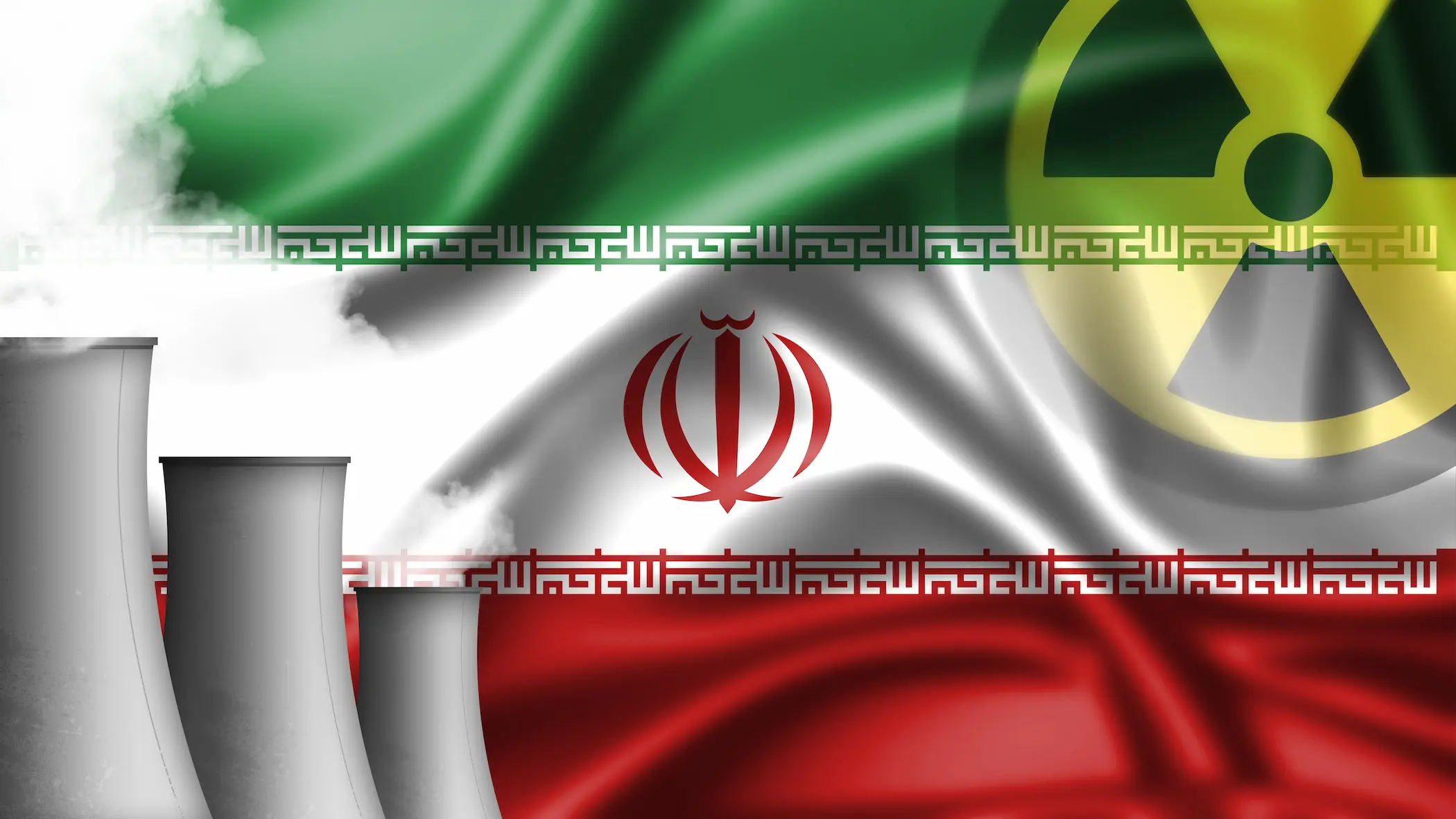
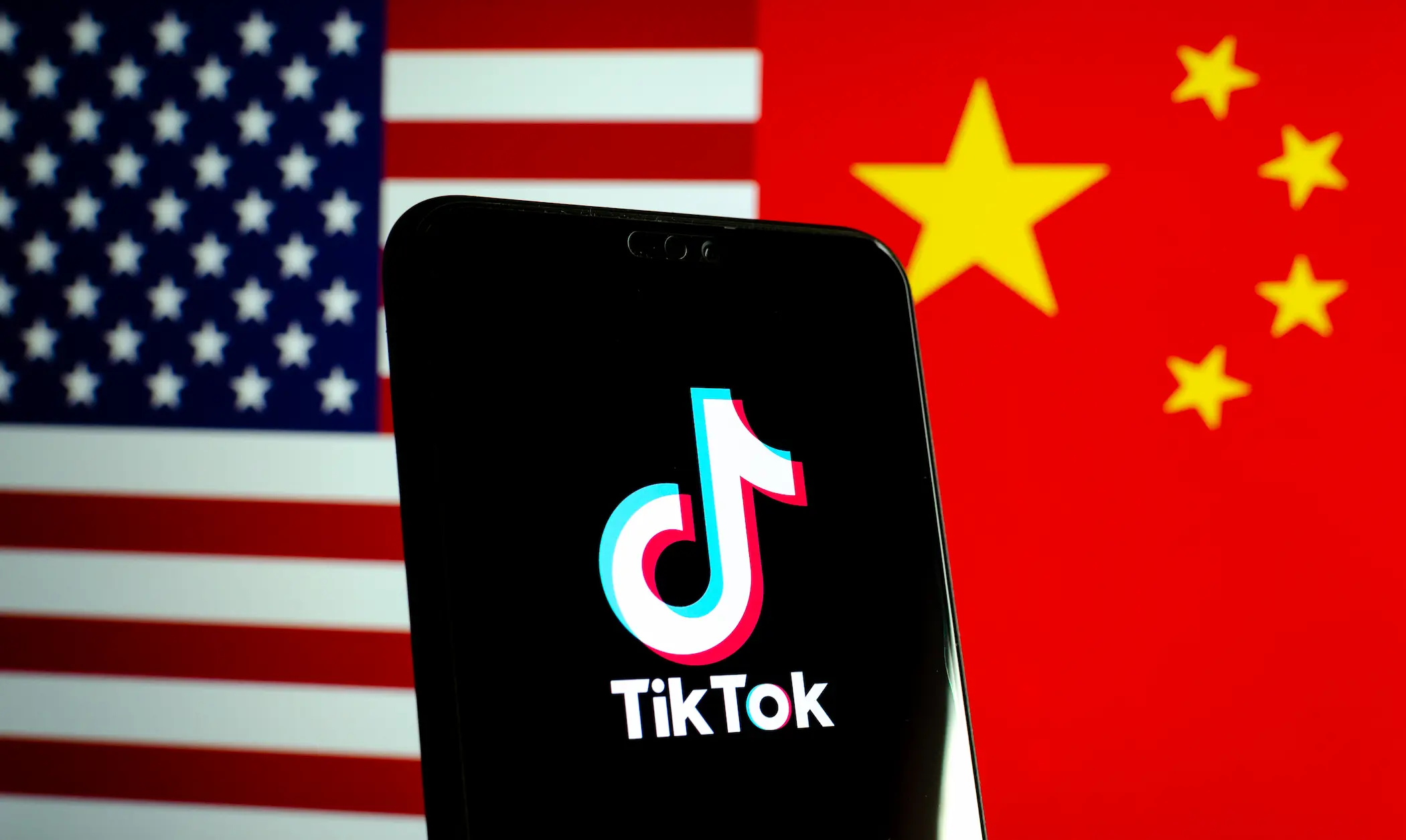
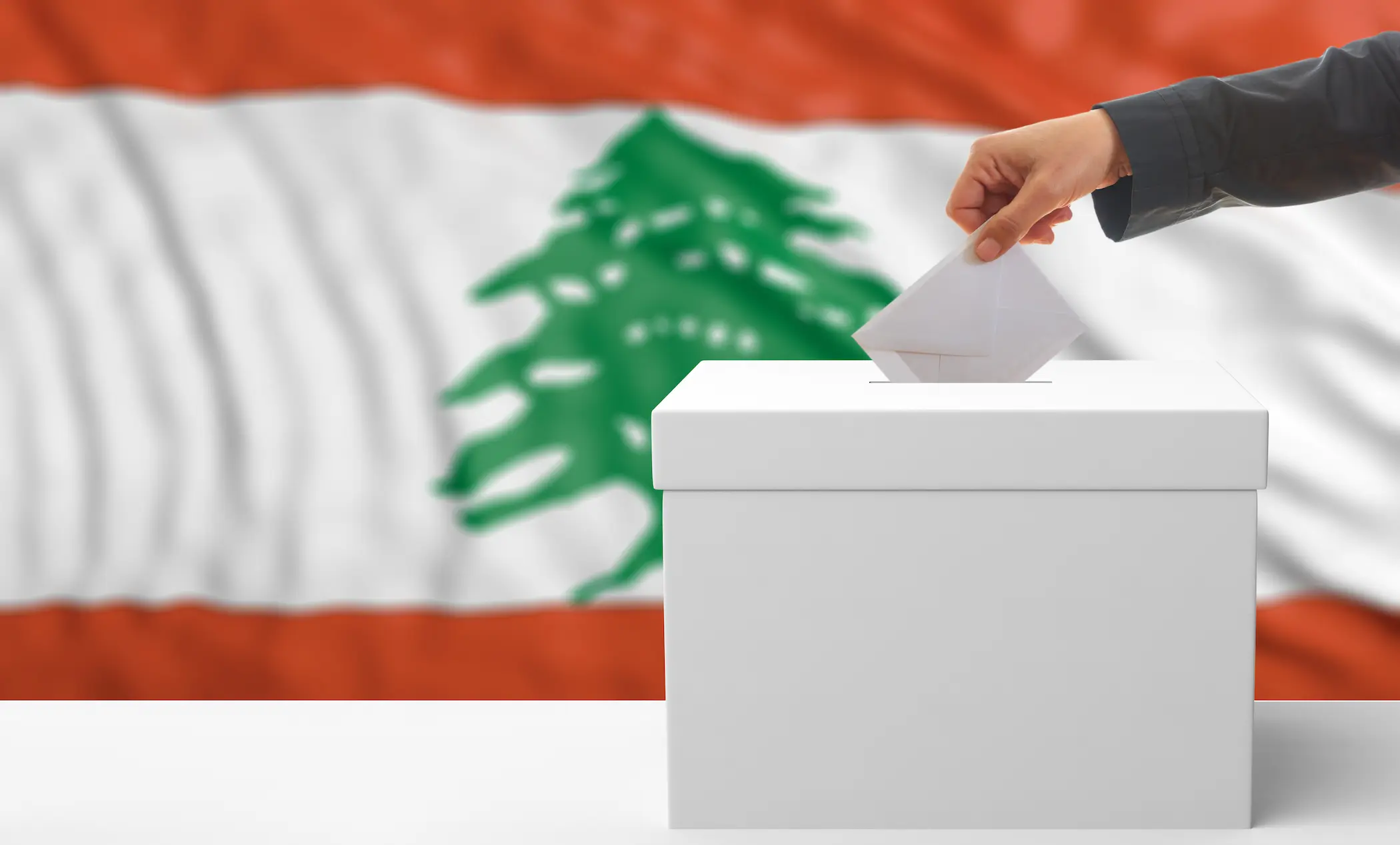




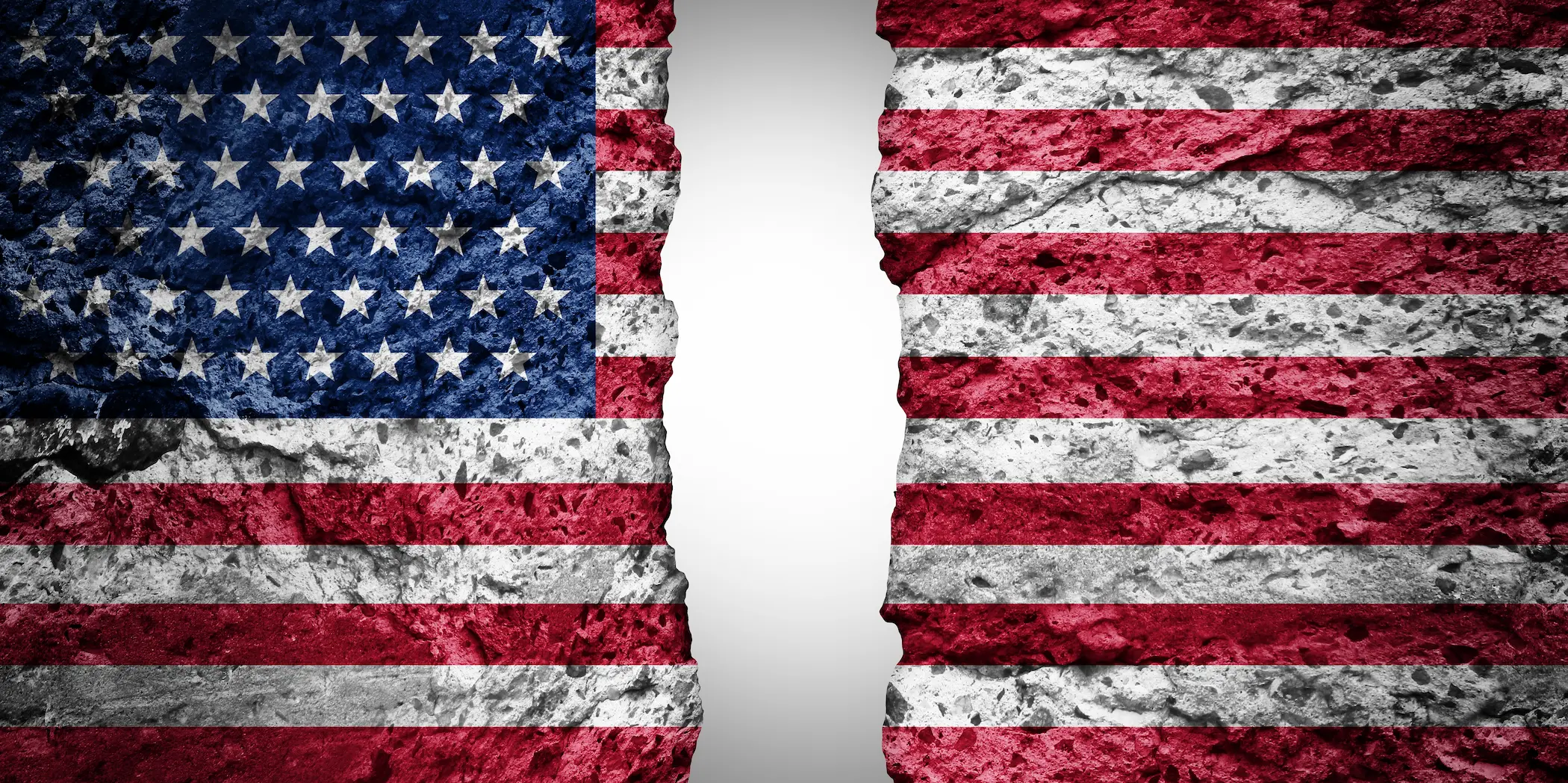
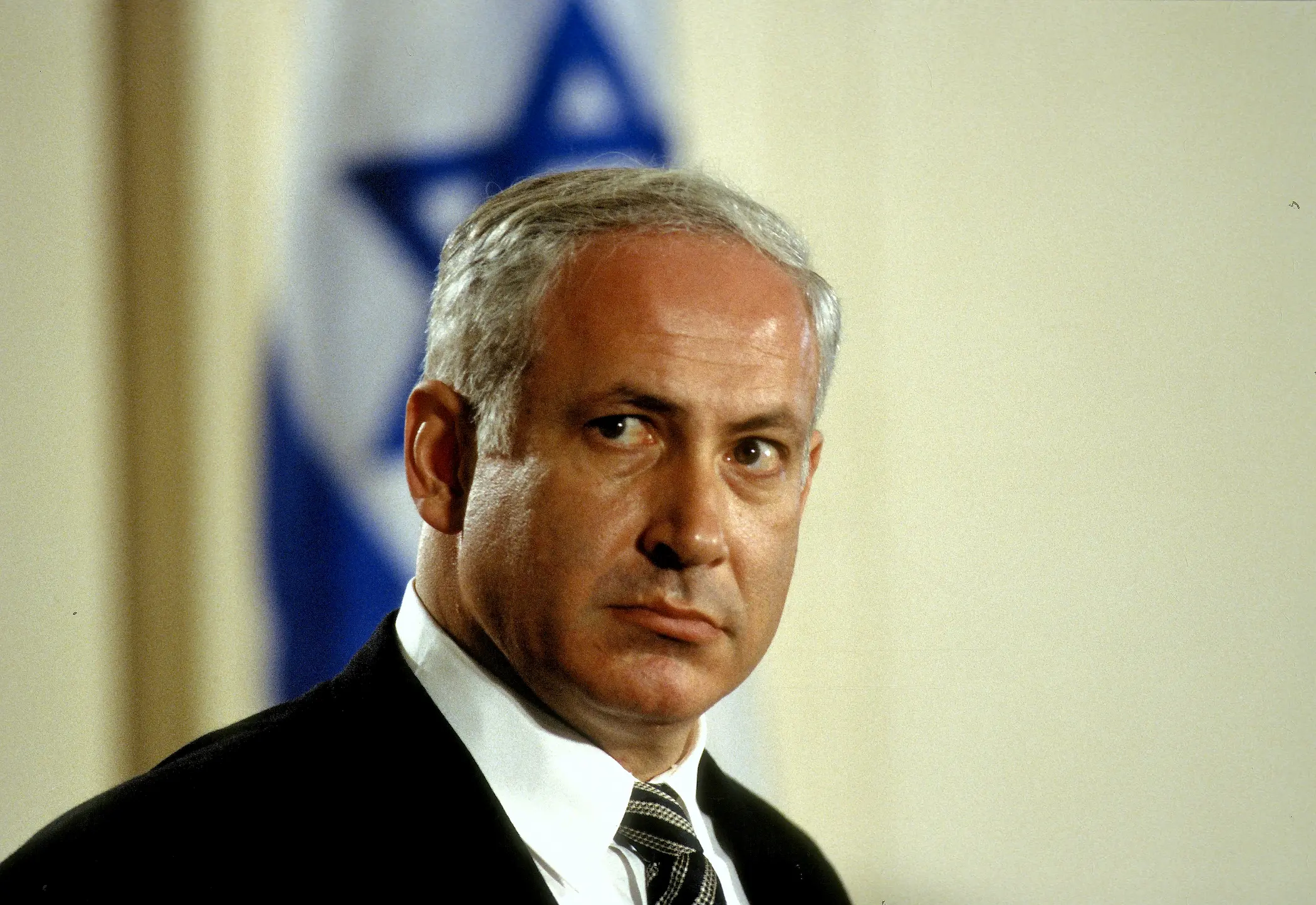

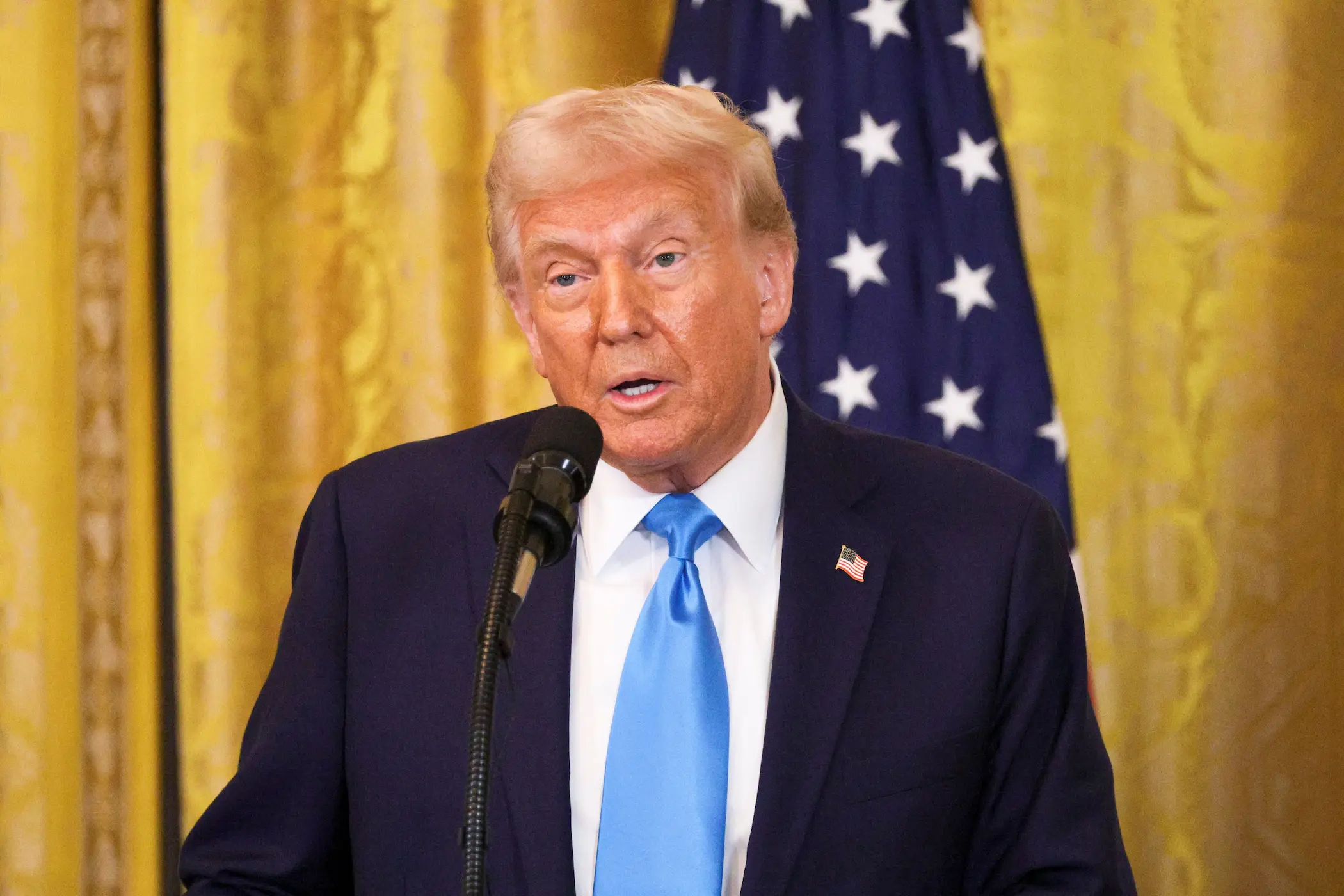
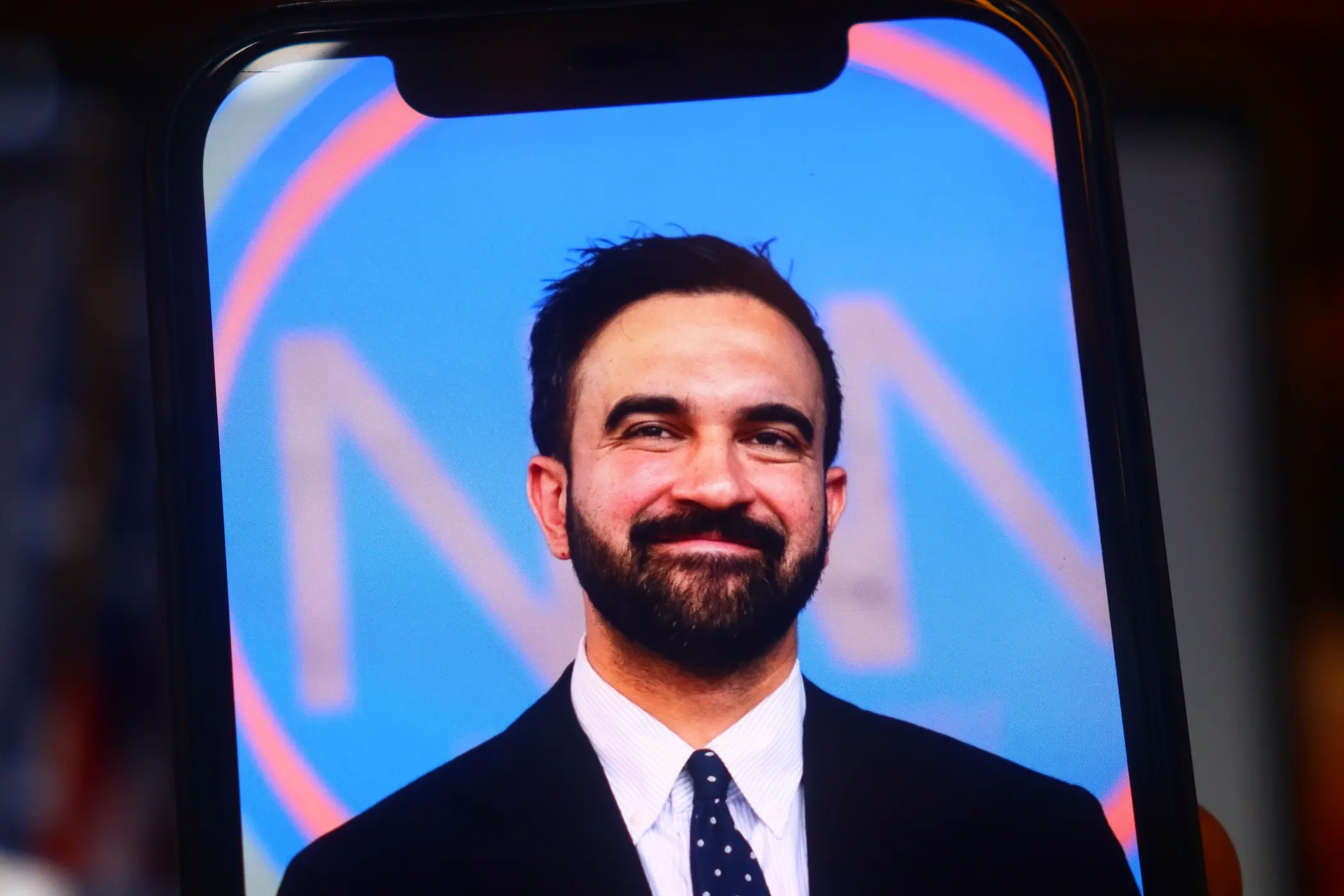
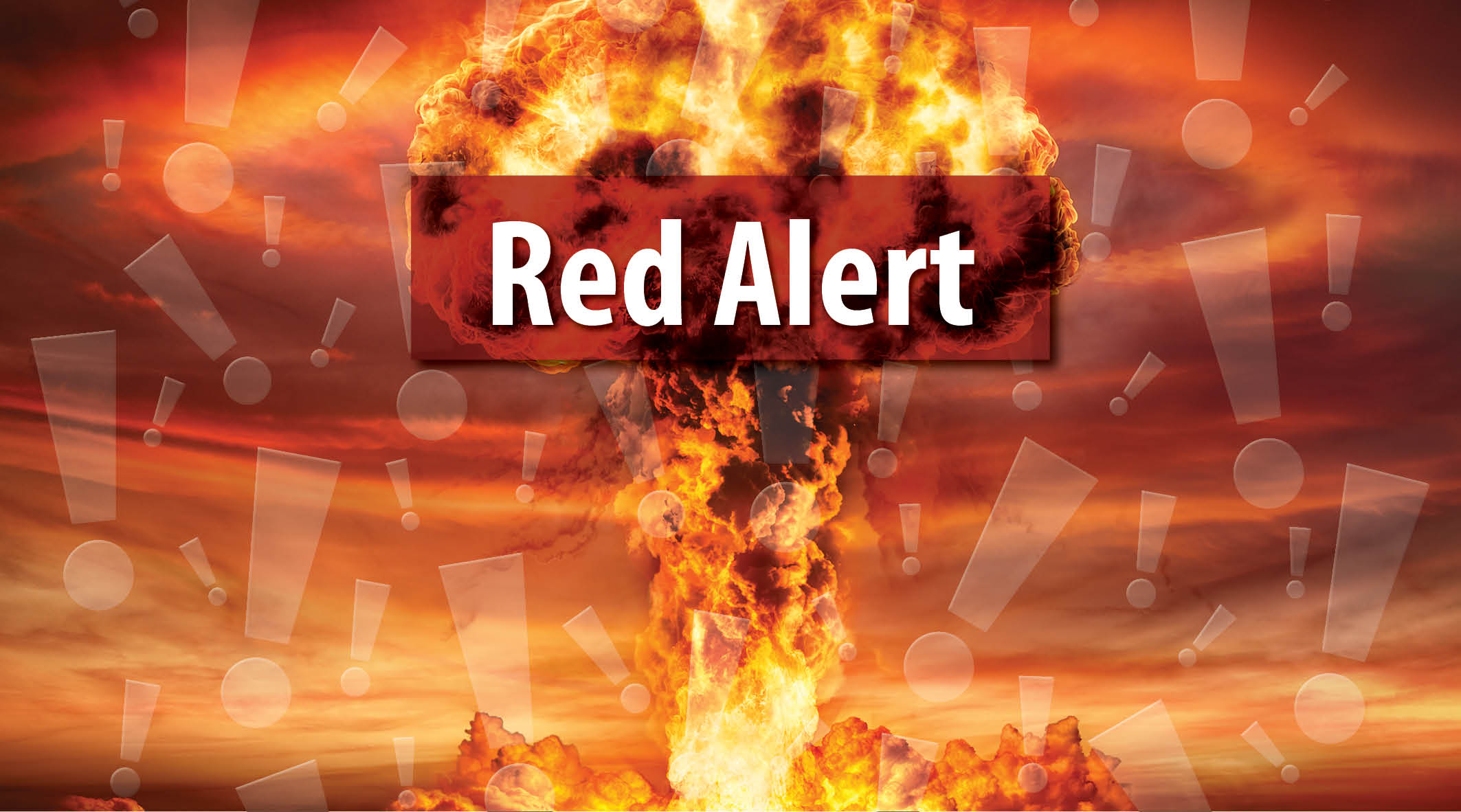
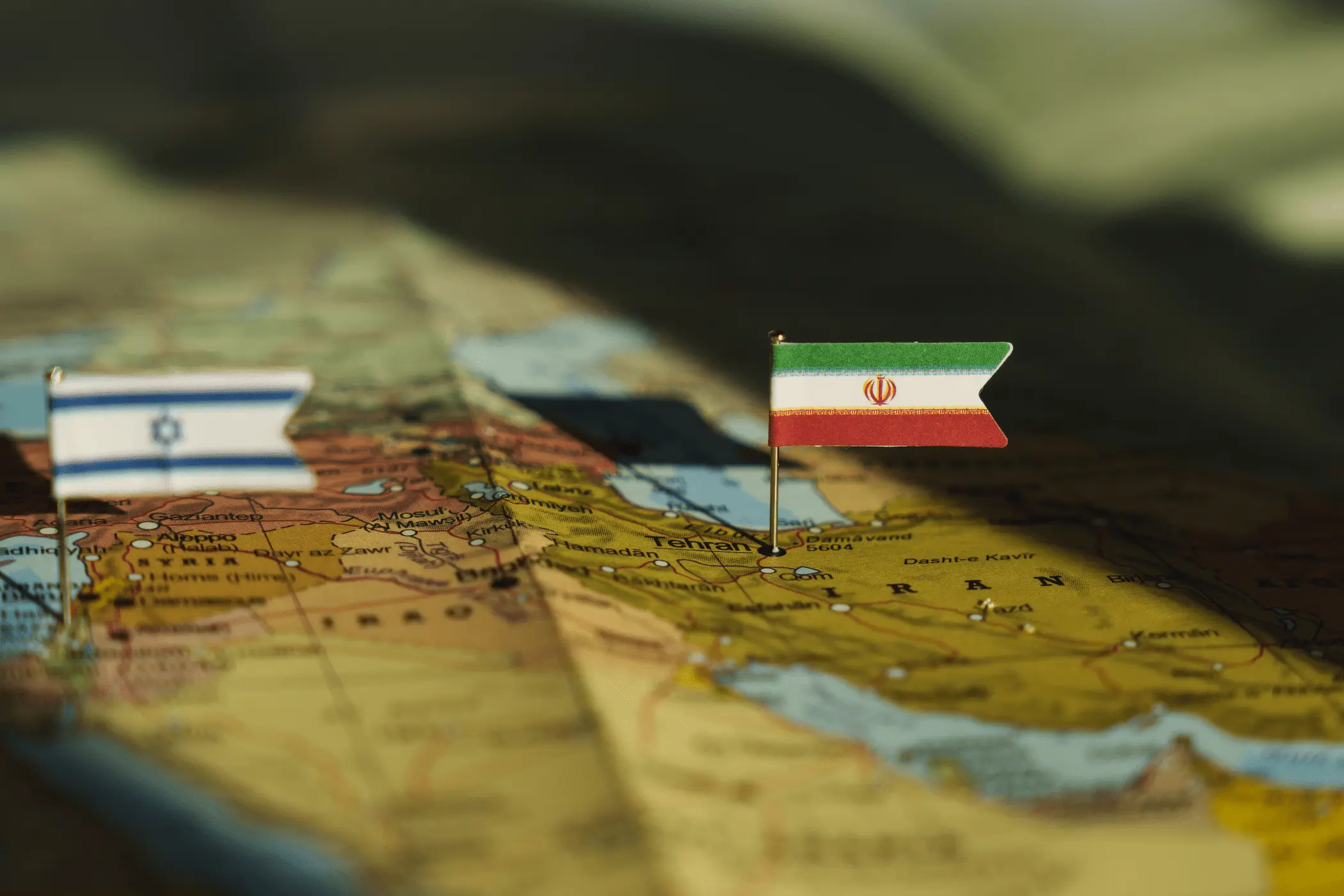
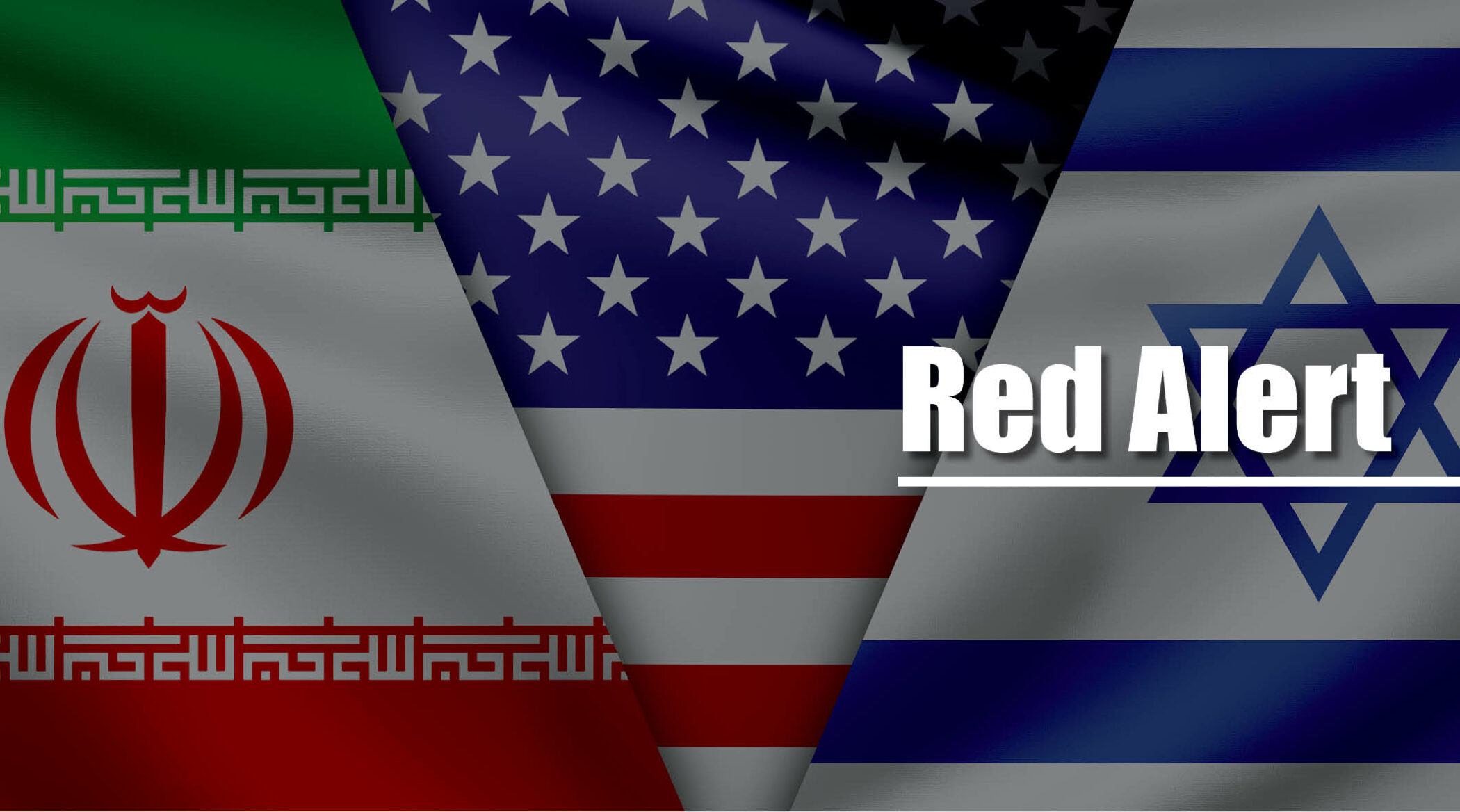


Comments